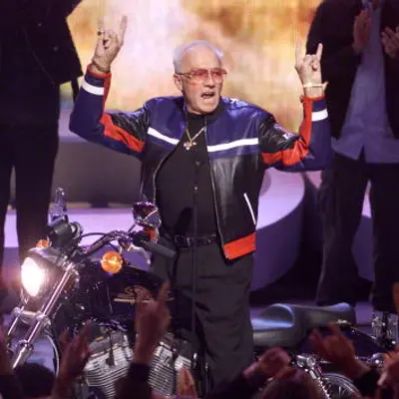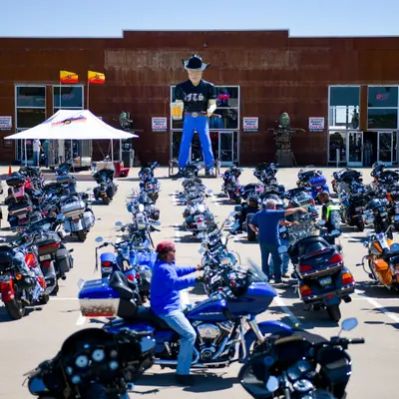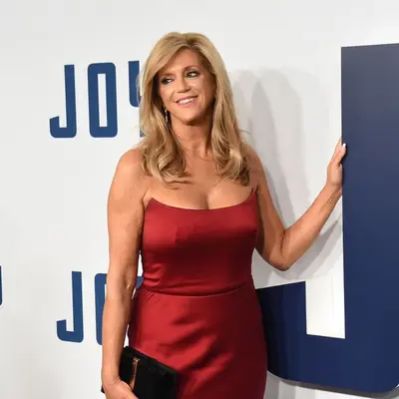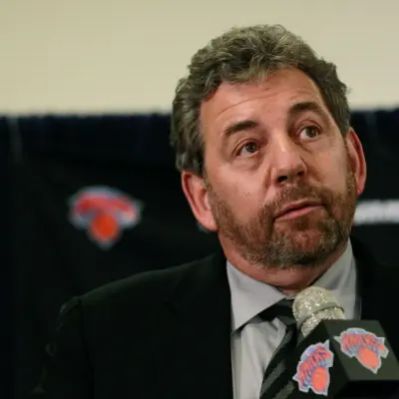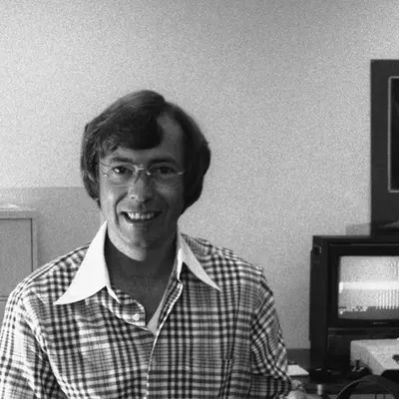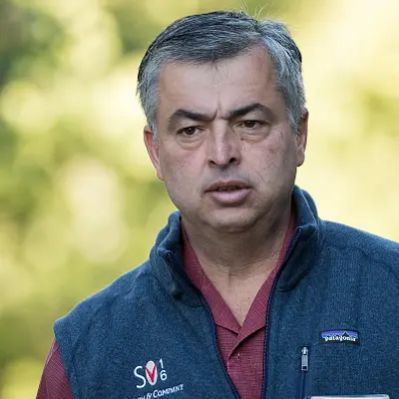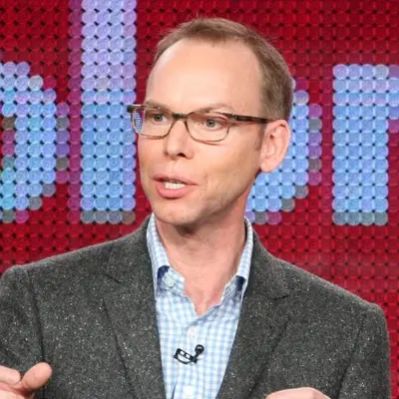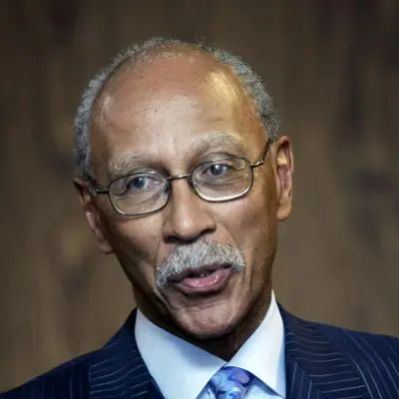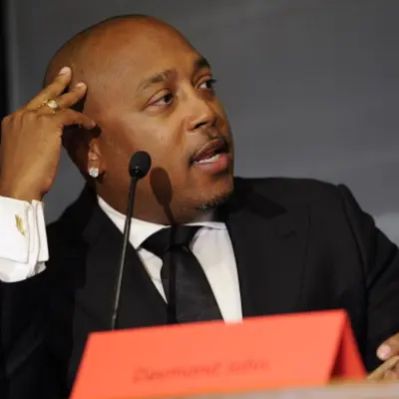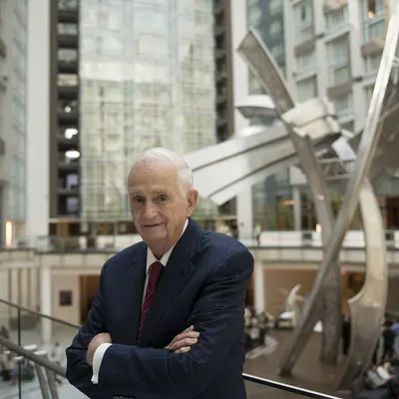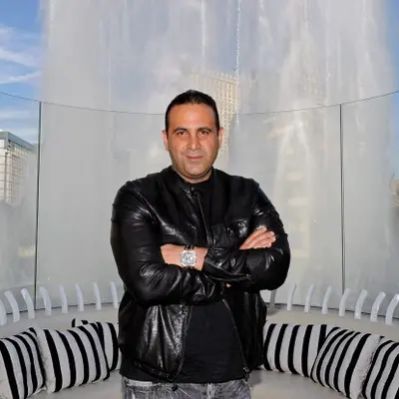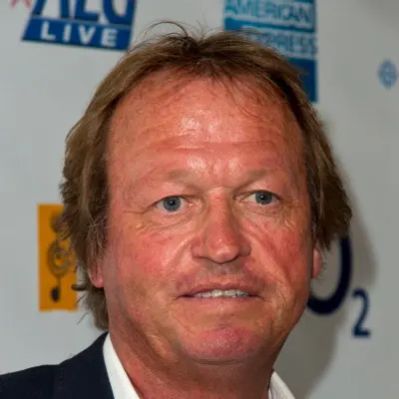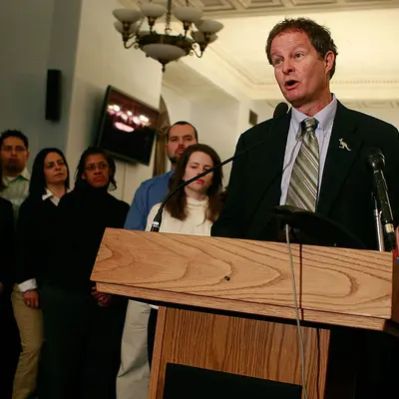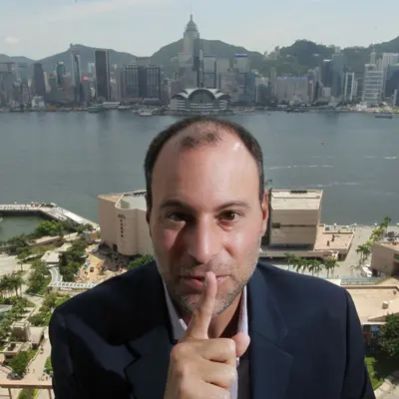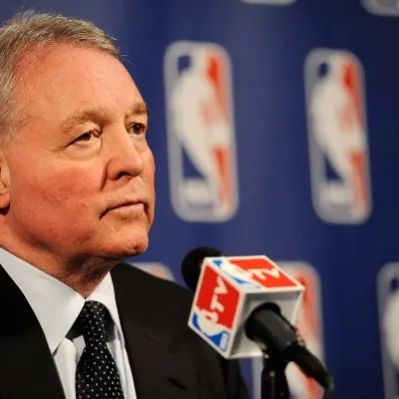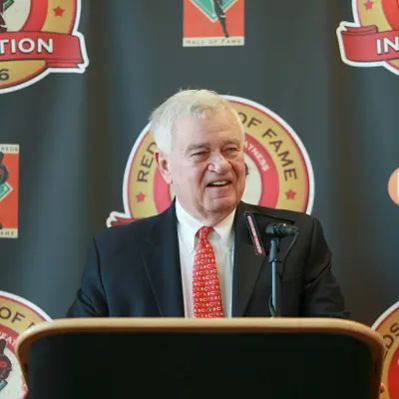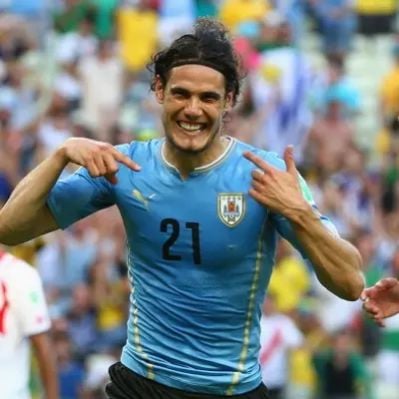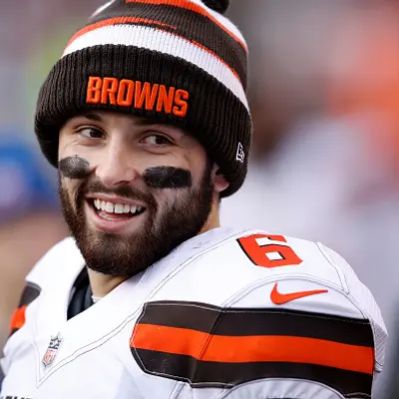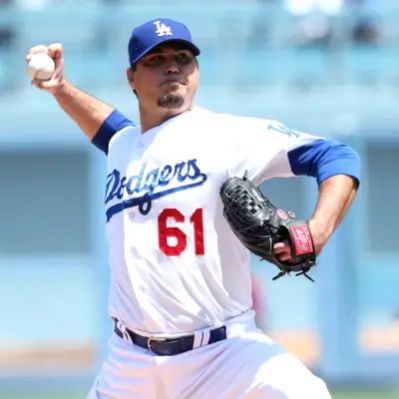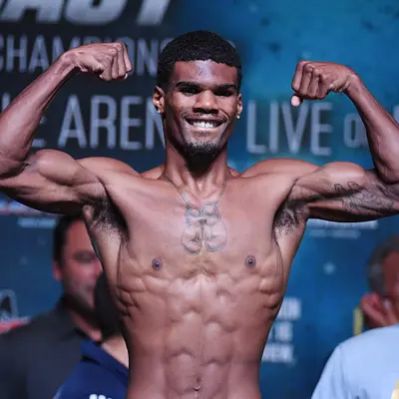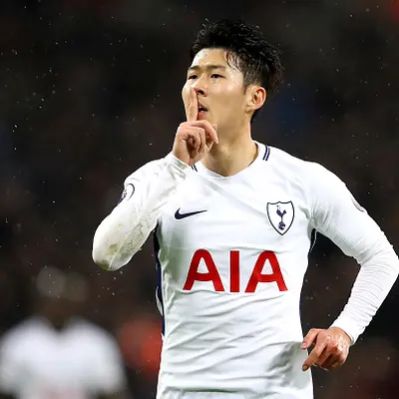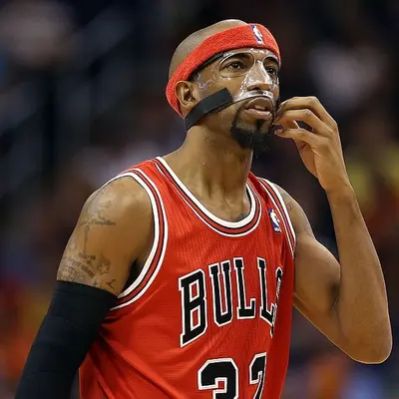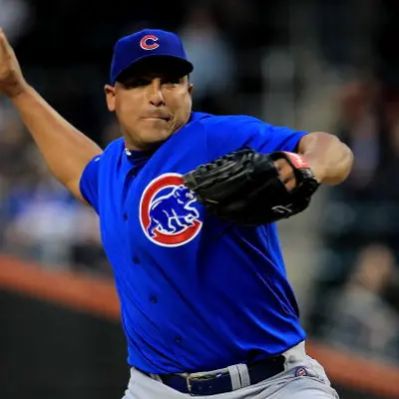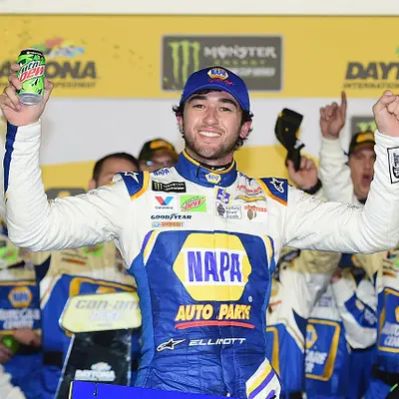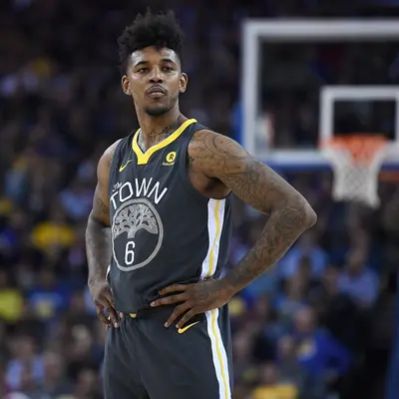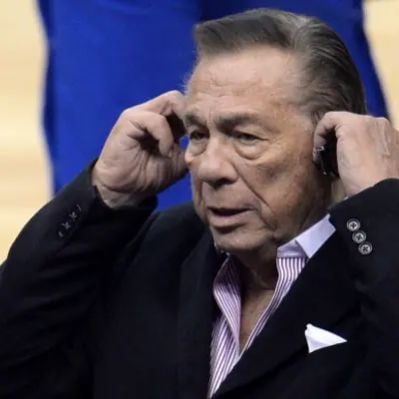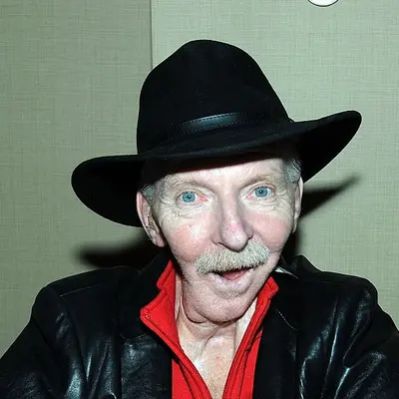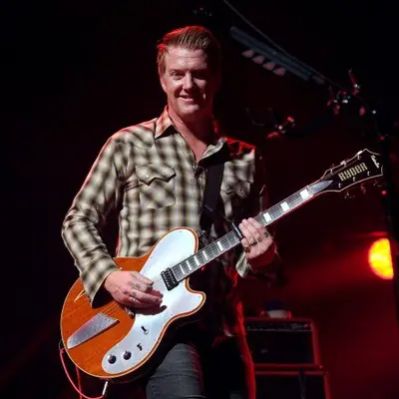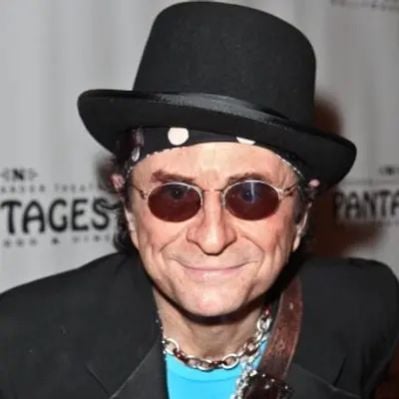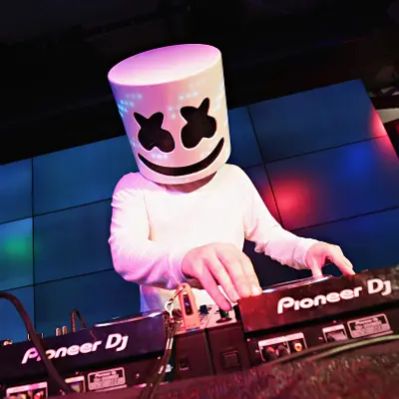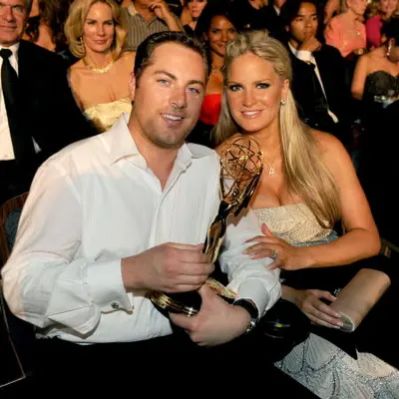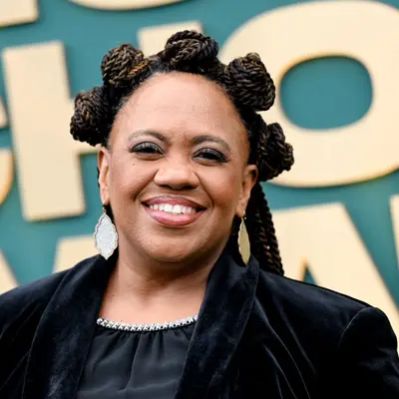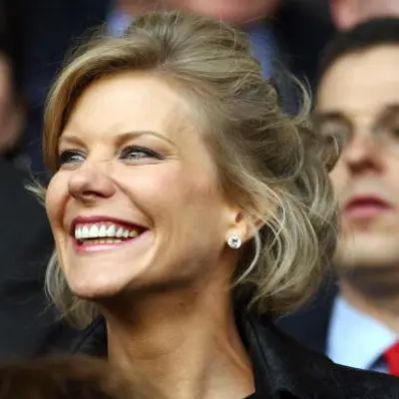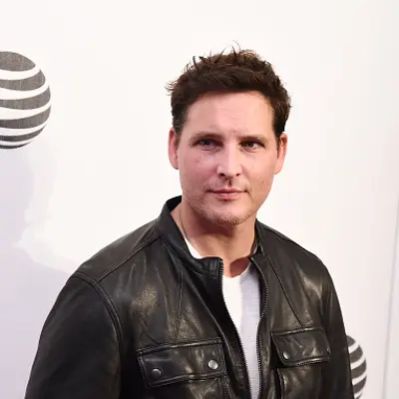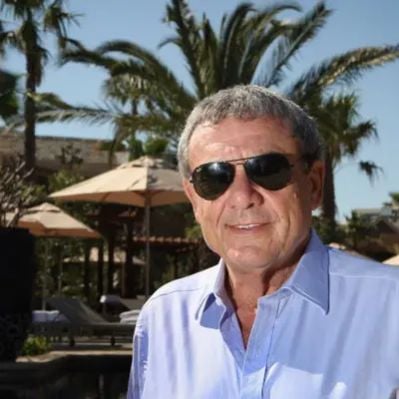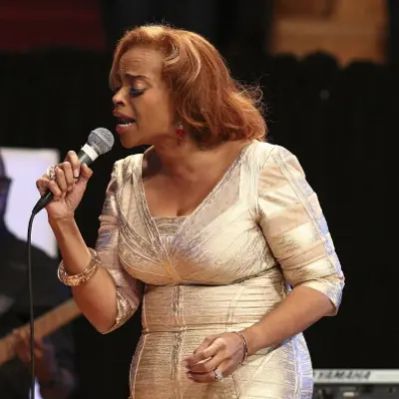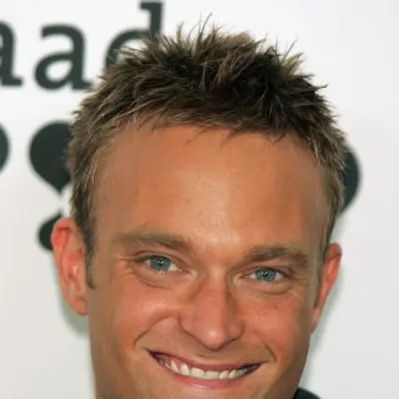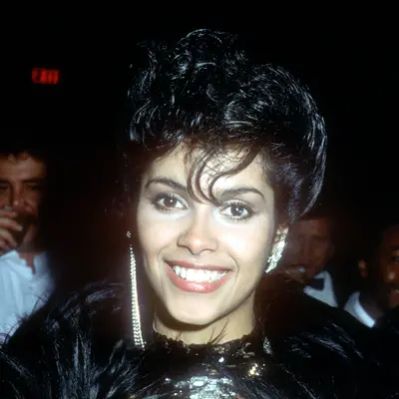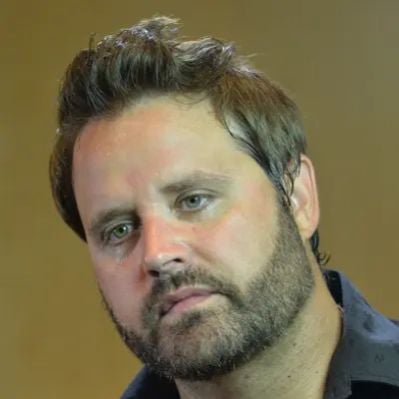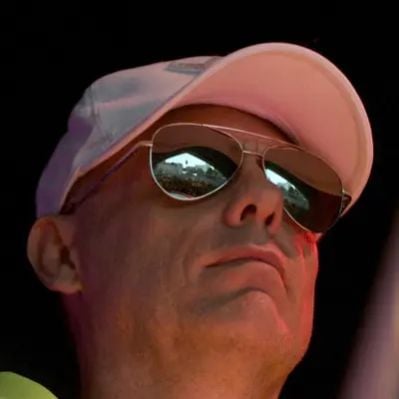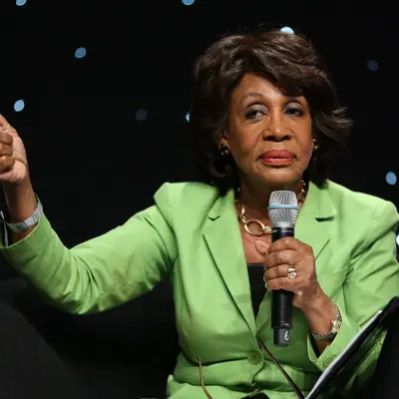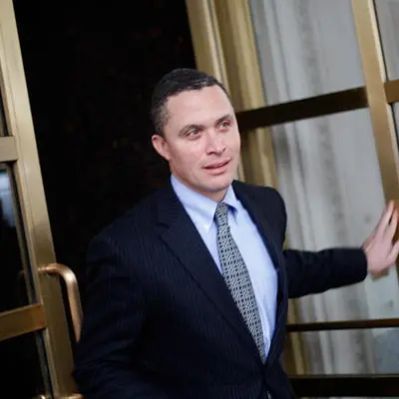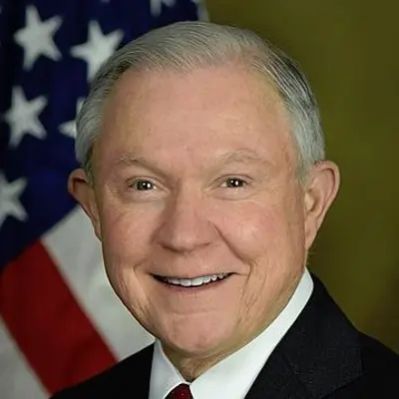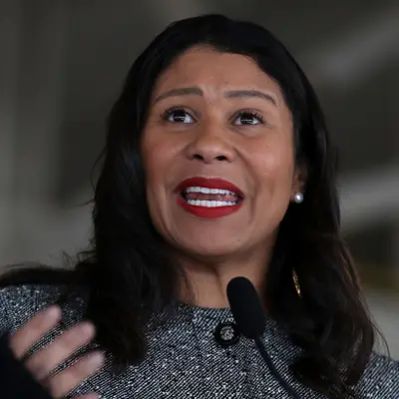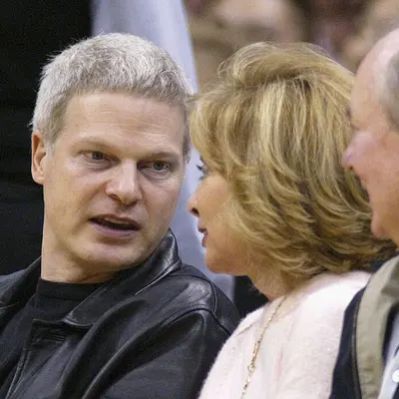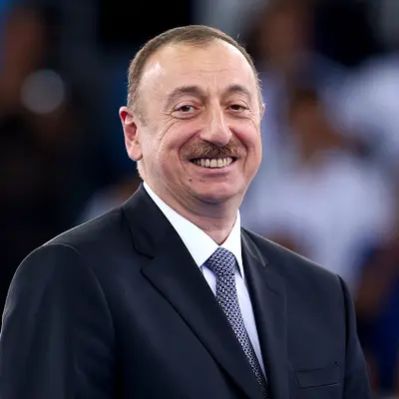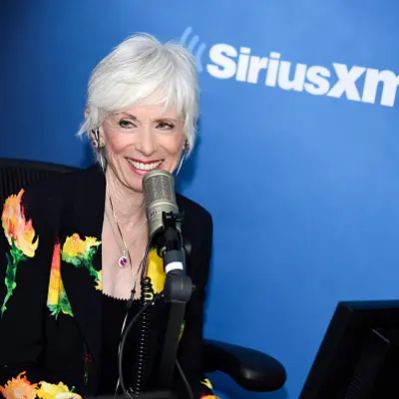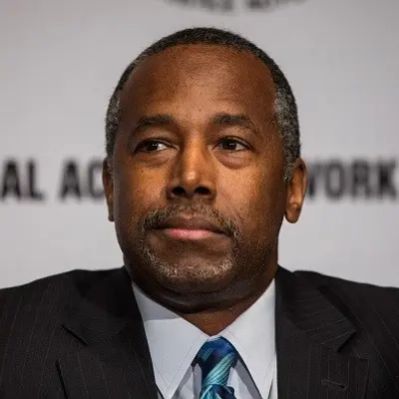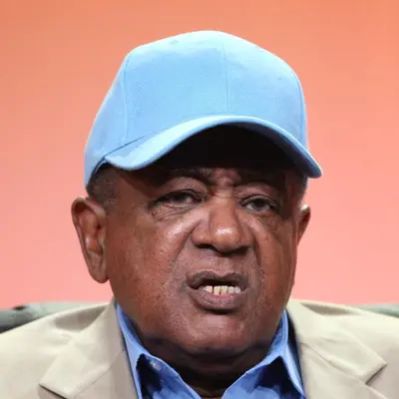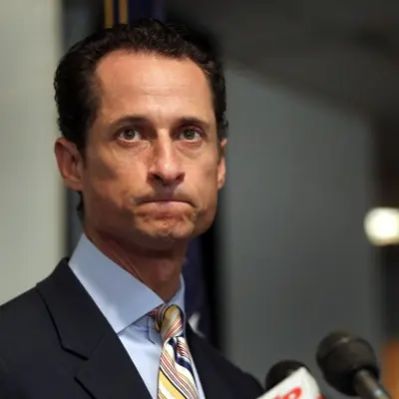What Is Evel Knievel’s Net Worth?
At the time of his death in 2007, Evel Knievel, the iconic American daredevil motorcyclist, painter, and entertainer, had a net worth of approximately $3 million. This sum reflected his earnings from a multifaceted career that spanned stunt performances, endorsements, and various entertainment ventures. While precise figures for each revenue stream are not publicly available, a breakdown can be inferred from his career trajectory.
Early Life and Career Beginnings
Born Robert Craig Knievel on October 17, 1938, in Butte, Montana, Evel’s early life was marked by a transient family situation. His parents, Ann Marie and Robert E. Knieval, divorced in 1940, leaving Evel and his brother Nic to be raised by their paternal grandparents. Knievel’s formal education ended prematurely after his second year at Butte High School. His initial foray into the workforce involved a job as a diamond drill operator for the Anaconda Mining Company, working in the copper mines. He was later promoted to surface duty but was fired after performing a wheelie that took out the town’s main power line.
Knievel’s adventurous spirit was evident from a young age. He participated in local ski jumping events and professional rodeos, securing championships that showcased his early athletic prowess. In the late 1950s, he briefly served in the United States Army, where he participated as a pole vaulter on the track team. He also considered a career in professional hockey, trying out with the Eastern Hockey League’s Charlotte Clippers, but he decided against committing to a traveling team. Following the birth of his first child, Knievel launched the Sur-Kill Guide Service, a hunting service designed to provide for his family.
In 1961, Knievel hitchhiked from Butte to Washington, D.C., to advocate against the culling of elk in Yellowstone National Park. Upon his return, he entered the motocross circuit, sustaining injuries, including a broken collarbone and shoulder. A pivot in his career led him to insurance sales, where he demonstrated considerable success. Details such as the exact location of his childhood home, the specific names of the ski jumping events he won, or the precise financial performance of the Sur-Kill Guide Service remain undocumented.
First Stunt Performances and Rise to Fame
When the insurance company refused to promote him to vice president, Knievel resigned and relocated his family to Moses Lake, Washington, where he opened a Honda motorcycle dealership. However, the dealership faced difficulties due to the challenges of selling Japanese imports, leading to its closure. Subsequently, Knievel took a job at Don Pomeroy’s motorcycle shop in Sunnyside, Washington. It was Jim Pomeroy, Don’s son, who taught Knievel how to do a wheelie while standing on the seat of his bike.
Inspired by a Joie Chitwood daredevil auto show he had witnessed in his youth, Knievel established his own stunt show using his motorcycle. His initial performances included wheelies and a jump over a 20-foot-long box filled with rattlesnakes, alongside a pair of mountain lions. To enhance his earnings, Knievel partnered with Bob Blair, the owner of ZDS Motors, Inc., a distributor for Norton Motorcycles. In January 1966, Knievel and his team of daredevils debuted at the National Date Festival in Indio, California. This event was a success, leading to subsequent bookings in Hemet and Barstow, and eventually, Knievel transitioned to performing as a solo act, traveling from town to town. He began incorporating car jumps into his act in addition to motorcycles. During one performance in Missoula, Montana, he suffered a major injury during a jump attempt. After recovering, he successfully cleared 15 cars in Gardena, California, before sustaining more serious injuries in Graham, Washington.
His appearance on “The Joey Bishop Show” in 1968 significantly boosted his national profile. Exact figures regarding the attendance numbers at his early shows or the financial arrangements with Bob Blair are not publicly available. The specific revenue split from these early partnerships and the financial impact of the “Joey Bishop Show” appearance remain undisclosed.
Major Jumps and Stunt Career
One of Knievel’s first majorly publicized jumps was at Caesars Palace in 1967. He attempted to clear 141 feet over the fountains in what was intended to be his longest motorcycle jump. A crash during the jump resulted in injuries that required weeks of hospitalization. However, the televised footage of the jump and the subsequent media coverage of his recovery significantly increased his fame. He later attempted to jump 15 Ford Mustangs in Scottsdale, Arizona, but crashed again. Despite these setbacks, Knievel landed successful jumps almost every week from August to October 1968.
In 1971, Knievel set a world record by jumping over 19 cars in Ontario, California. While he initially planned to jump the Grand Canyon, he anticipated governmental restrictions that would prevent such an attempt. Instead, he focused on jumping Idaho’s Snake River Canyon, which he attempted in 1974 using a rocket-powered cycle called the Skycycle X-2. The attempt failed due to a parachute malfunction, but Knievel survived. The next year, he performed additional motorcycle jumps on ABC’s “Wide World of Sports,” including attempts at London’s Wembley Stadium, King Island in Ohio, and the Seattle Kingdome. An aborted jump over a tank of live sharks in Chicago in 1977 led to Knievel’s retirement from major performances. The precise financial details of the Caesars Palace jump, including the amount he was paid and the revenue generated by the event, are not publicly accessible. Similarly, the specific costs associated with the Skycycle X-2 project and the financial arrangements with ABC’s “Wide World of Sports” remain undisclosed.
Post-Performance Years and Later Career
Following his final stunt show in 1980, Knievel made appearances at smaller venues to support the career of his son, Robbie Knievel. He served as Robbie’s touring companion for a period, with his last on-tour appearance taking place in Hollywood, Florida, in 1981. Throughout the 1980s, Evel traveled the country, purportedly selling his own artwork. During the 1990s, he engaged in marketing activities for brands such as Harley-Davidson, Little Caesars, and Maxim Casino.
In 2003, Knievel granted composer Jef Bek the rights to create a rock opera based on his life. In 2005, Knievel promoted his last “ride” at the Harley-Davidson dealership in Milwaukee to benefit victims of Hurricane Katrina. However, he was unable to ride due to suffering a mild stroke. Details regarding the financial agreements with Harley-Davidson, Little Caesars, and Maxim Casino are not publicly known. The specific terms of the agreement with Jef Bek for the rock opera and the financial outcomes of the Hurricane Katrina benefit event remain undisclosed.
Personal Life and Health Issues
Knievel married Linda Joan Bork in 1959, and they had four children: Kelly, Robbie Knievel, Tracey, and Alicia. The couple separated in the early 1990s before divorcing in 1997. In 1999, Evel married Krystal Kennedy, whom he later divorced in 2001. In the late 1990s, Knievel underwent a life-saving liver transplant while suffering from Hepatitis C. In 2005, he was diagnosed with a terminal lung disease, requiring him to use supplemental oxygen 24/7. He also suffered two minor strokes that year. Evel Knievel passed away on November 30, 2007, at his residence in Clearwater, Florida. Financial settlements from his divorces and the costs associated with his medical treatments are not publicly documented.
 Net Worth Ranker
Net Worth Ranker
